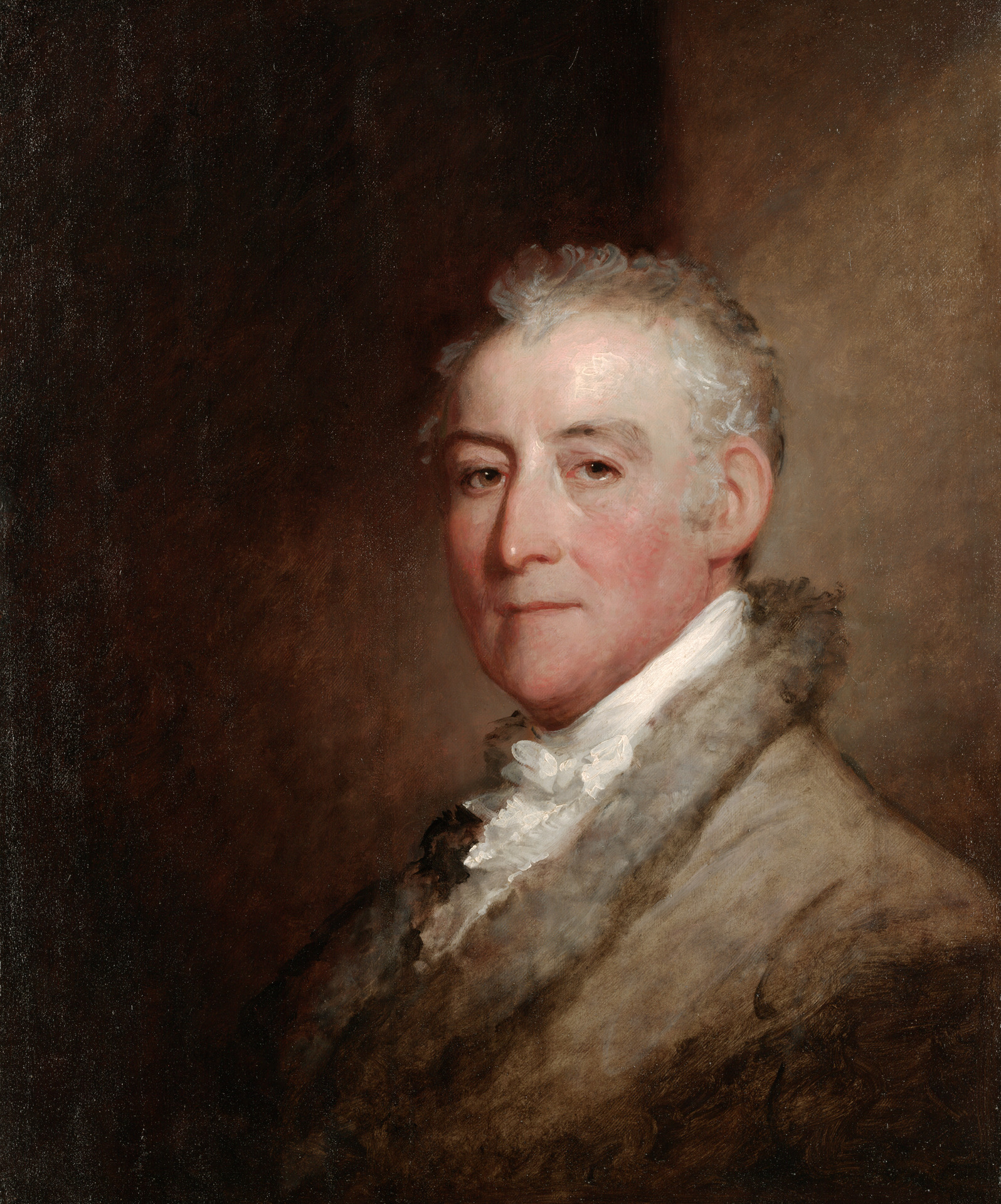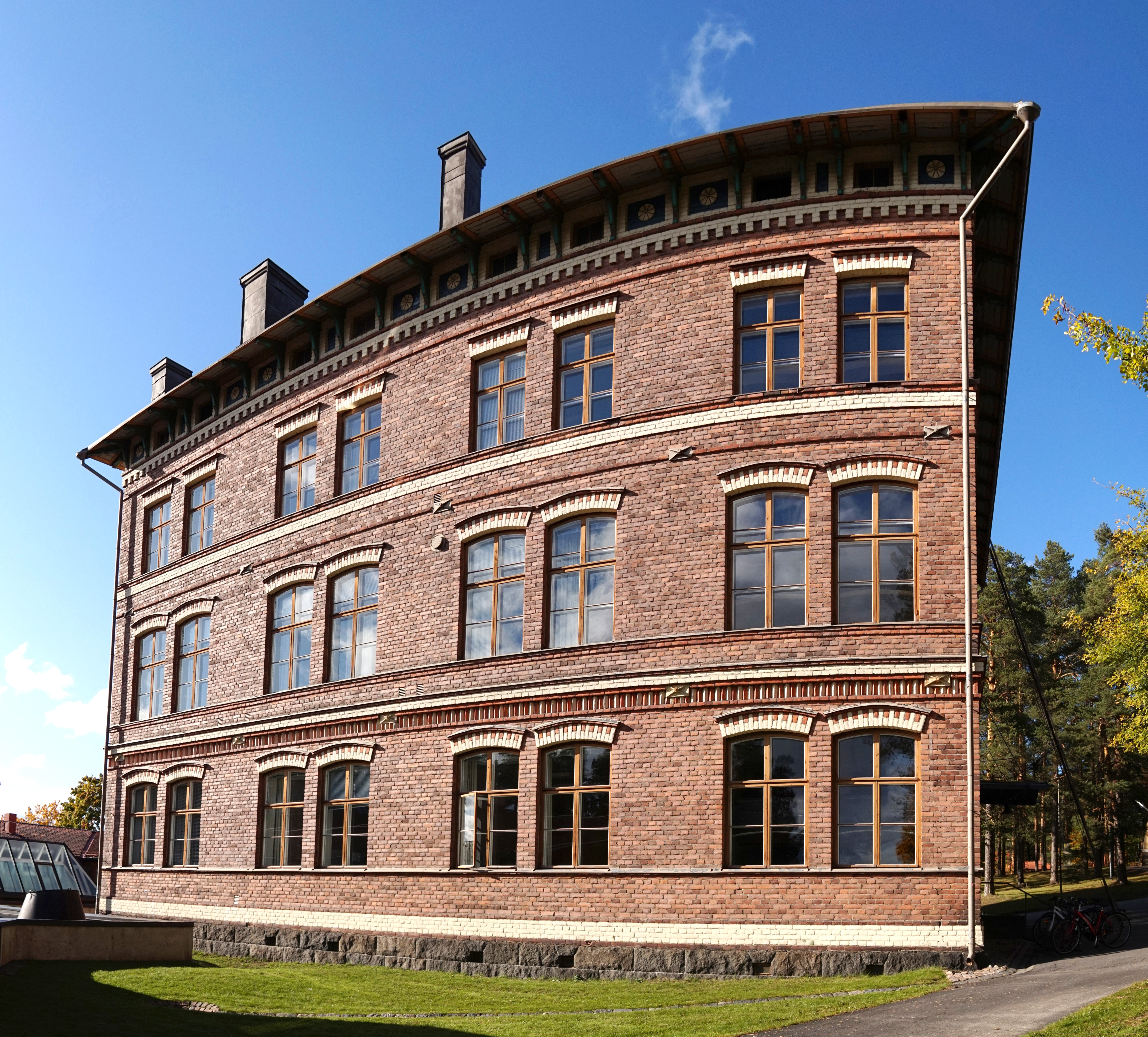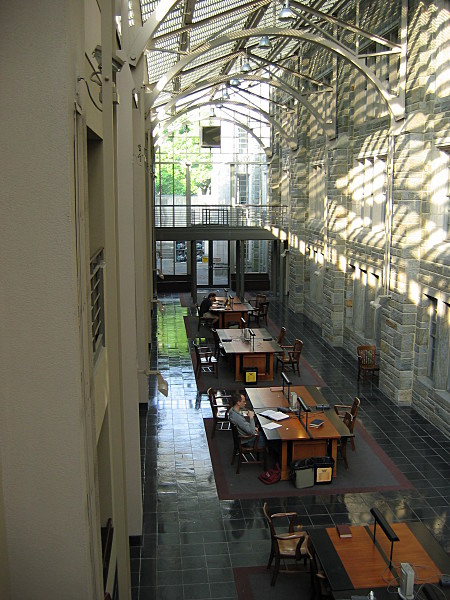|
Van Veghten House
The Van Veghten House is a historic building in the Finderne section of Bridgewater Township, New Jersey. It was built around 1725 and served as the headquarters of Quartermaster General Nathanael Greene during the second Middlebrook encampment (1778–79) in the American Revolutionary War. The Somerset County Historical Society owns the house and uses it as its headquarters, including a museum and library. The early 18th-century Old York Road passed by here connecting Philadelphia to New York City. The house was added to the National Register of Historic Places on October 10, 1979 and noted as representing "one of the few remaining Raritan River mansions". History In 1697, Michael Van Veghten (also spelled Van Vechten) purchased 834 acres along the Raritan River near Finderne. His first wife died and he married Jannetje Dumont on April 2, 1691. Their son Derrick inherited the property when Michael died in 1737. During the second Middlebrook encampment, Derrick Van Veghten ga ... [...More Info...] [...Related Items...] OR: [Wikipedia] [Google] [Baidu] |
Bridgewater, New Jersey
Bridgewater Township is a township in Somerset County, New Jersey, United States. The township is both a regional commercial hub for Central New Jersey (home to Bridgewater Commons and different corporate headquarters) and is a bedroom suburb of New York City in the much larger New York Metropolitan Area, located within the heart of the Raritan Valley region. The township is located roughly away from Manhattan and about away from Staten Island. As of the 2010 United States Census, the township's population was 44,464, reflecting an increase of 1,524 (+3.5%) from the 42,940 counted in the 2000 Census, which had in turn increased by 10,431 (+32.1%) from the 32,509 counted in the 1990 Census. As of the 2019 Population Estimates Program census estimate, the township's population was 43,968. Bridgewater Township was created by Royal charter on April 4, 1749, from portions of the Northern precinct. It was incorporated as one of New Jersey's initial group of 104 townships by the ... [...More Info...] [...Related Items...] OR: [Wikipedia] [Google] [Baidu] |
Washington–Rochambeau Revolutionary Route
The Washington–Rochambeau Revolutionary Route is a series of roads used in 1781 by the Continental Army under the command of George Washington and the Expédition Particulière under the command of Jean-Baptiste de Rochambeau during their 14-week march from Newport, Rhode Island, to Yorktown, Virginia. 4,000 French and 3,000 American soldiers began the march. French forces left Rhode Island in June 1781 and joined Washington's force on the Hudson River the following month. In August, the combined American and French armies headed south, marching through New Jersey, Pennsylvania, Delaware, and Maryland, a route that allowed them to evade British troops. They reached Williamsburg, Virginia, in late September 1781, several weeks after the French royal fleet had won the Battle of the Chesapeake, preventing the British from reinforcing or evacuating General Cornwallis's army. On September 22, they combined with troops commanded by the Marquis de Lafayette. A three-week siege of Y ... [...More Info...] [...Related Items...] OR: [Wikipedia] [Google] [Baidu] |
John Trumbull
John Trumbull (June 6, 1756November 10, 1843) was an American artist of the early independence period, notable for his historical paintings of the American Revolutionary War, of which he was a veteran. He has been called the "Painter of the Revolution". Trumbull's '' Declaration of Independence'' (1817), one of his four paintings that hang in the United States Capitol rotunda, is used on the reverse of the current United States two-dollar bill. Early life Trumbull was born in Lebanon, Connecticut, in 1756, to Jonathan Trumbull and Faith (née Robinson) Trumbull. His father served as governor of Connecticut from 1769 to 1784. Both sides of his family were descended from early Puritan settlers in the state. He had two older brothers, Joseph Trumbull, the first commissary general of the Continental Army in the Revolutionary War, and Jonathan Trumbull Jr., who became the second Speaker of the House of the United States. The young Trumbull entered the 1771 junior class at Har ... [...More Info...] [...Related Items...] OR: [Wikipedia] [Google] [Baidu] |
Greek Revival Architecture
The Greek Revival was an architectural style, architectural movement which began in the middle of the 18th century but which particularly flourished in the late 18th and early 19th centuries, predominantly in northern Europe and the United States and Canada, but also in Greece itself following independence in 1832. It revived many aspects of the forms and styles of ancient Greek architecture, in particular the Greek temple, with varying degrees of thoroughness and consistency. A product of Hellenism (neoclassicism), Hellenism, it may be looked upon as the last phase in the development of Neoclassical architecture, which had for long mainly drawn from Roman architecture. The term was first used by Charles Robert Cockerell in a lecture he gave as Professor of Architecture to the Royal Academy of Arts, London in 1842. With a newfound access to Greece and Turkey, or initially to the books produced by the few who had visited the sites, archaeologist-architects of the period studied ... [...More Info...] [...Related Items...] OR: [Wikipedia] [Google] [Baidu] |
Voussoir
A voussoir () is a wedge-shaped element, typically a stone, which is used in building an arch or vault. Although each unit in an arch or vault is a voussoir, two units are of distinct functional importance: the keystone and the springer. The keystone is the centre stone or masonry unit at the apex of an arch. The springer is the lowest voussoir on each side, located where the curve of the arch springs from the vertical support or abutment of the wall or pier. The keystone is often decorated or enlarged. An enlarged and sometimes slightly dropped keystone is often found in Mannerist arches of the 16th century, beginning with the works of Giulio Romano, who also began the fashion for using voussoirs above rectangular openings, rather than a lintel (Palazzo Stati Maccarani, Rome, circa 1522). The word is a stonemason's term borrowed in Middle English from French verbs connoting a "turn" (''OED''). Each wedge-shaped voussoir ''turns aside'' the thrust of the mass above, tr ... [...More Info...] [...Related Items...] OR: [Wikipedia] [Google] [Baidu] |
Historic American Buildings Survey
Heritage Documentation Programs (HDP) is a division of the U.S. National Park Service (NPS) responsible for administering the Historic American Buildings Survey (HABS), Historic American Engineering Record (HAER), and Historic American Landscapes Survey (HALS). These programs were established to document historic places in the United States. Records consist of measured drawings, archival photographs, and written reports, and are archived in the Prints and Photographs Division of the Library of Congress. Historic American Buildings Survey In 1933, NPS established the Historic American Buildings Survey following a proposal by Charles E. Peterson, a young landscape architect in the agency. It was founded as a constructive make-work program for architects, draftsmen and photographers left jobless by the Great Depression. It was supported through the Historic Sites Act of 1935. Guided by field instructions from Washington, D.C., the first HABS recorders were tasked with docum ... [...More Info...] [...Related Items...] OR: [Wikipedia] [Google] [Baidu] |
Common Bond (bricklaying)
Brickwork is masonry produced by a bricklayer, using bricks and mortar. Typically, rows of bricks called '' courses'' are laid on top of one another to build up a structure such as a brick wall. Bricks may be differentiated from blocks by size. For example, in the UK a brick is defined as a unit having dimensions less than and a block is defined as a unit having one or more dimensions greater than the largest possible brick. Brick is a popular medium for constructing buildings, and examples of brickwork are found through history as far back as the Bronze Age. The fired-brick faces of the ziggurat of ancient Dur-Kurigalzu in Iraq date from around 1400 BC, and the brick buildings of ancient Mohenjo-daro in Pakistan were built around 2600 BC. Much older examples of brickwork made with dried (but not fired) bricks may be found in such ancient locations as Jericho in Palestine, Çatal Höyük in Anatolia, and Mehrgarh in Pakistan. These structures have survived from the Ston ... [...More Info...] [...Related Items...] OR: [Wikipedia] [Google] [Baidu] |
Flemish Bond
Brickwork is masonry produced by a bricklayer, using bricks and mortar. Typically, rows of bricks called ''courses'' are laid on top of one another to build up a structure such as a brick wall. Bricks may be differentiated from blocks by size. For example, in the UK a brick is defined as a unit having dimensions less than and a block is defined as a unit having one or more dimensions greater than the largest possible brick. Brick is a popular medium for constructing buildings, and examples of brickwork are found through history as far back as the Bronze Age. The fired-brick faces of the ziggurat of ancient Dur-Kurigalzu in Iraq date from around 1400 BC, and the brick buildings of ancient Mohenjo-daro in Pakistan were built around 2600 BC. Much older examples of brickwork made with dried (but not fired) bricks may be found in such ancient locations as Jericho in Palestine, Çatal Höyük in Anatolia, and Mehrgarh in Pakistan. These structures have survived from the Stone Age ... [...More Info...] [...Related Items...] OR: [Wikipedia] [Google] [Baidu] |
New Jersey Historic Trust
The New Jersey Historic Trust was created by the State of New Jersey in 1967 to preserve New Jersey's historic resources. The Historic Trust's executive director is Dorothy P. Guzzo. Funding programs available through the New Jersey Historic Trust are *The Garden State Historic Preservation Trust Fund, which provides matching grants for planning and capital projects related to the repair, restoration and rehabilitation of historic properties. *The Revolving Loan Fund offers low-interest, long-term financing for the repair, restoration and rehabilitation or purchase of historic properties. *The Emergency Grant and Loan Fund offers grants and loans, usually small in size, for emergency work on endangered historic properties *The Cultural Trust Capital Preservation Grant Program provides grants to historic and humanities-oriented organizations for the repair, restoration and rehabilitation of historic properties they own. See also *New Jersey Historical Society * New Jersey Regis ... [...More Info...] [...Related Items...] OR: [Wikipedia] [Google] [Baidu] |
Princeton University Library
Princeton University Library is the main library system of Princeton University. With holdings of more than 7 million books, 6 million microforms, and 48,000 linear feet of manuscripts, it is among the largest libraries in the world by number of volumes. The main headquarters of the university system is the Harvey S. Firestone Memorial Library building, named after tire magnate Harvey Firestone. Additionally, Princeton is part of the Research Collections and Preservation Consortium (ReCAP) along with Columbia Libraries, Harvard Library and New York Public Library. Firestone Library Firestone Library opened in 1948, as the first large American university library constructed after World War II. Roughly 1.5 million volumes were moved during the summer of 1948 from East Pyne Hall, which until then had served as the University's main library. The library building was expanded in 1971 and again in 1988 and currently has more than of bookshelves, making Firestone one of the largest ... [...More Info...] [...Related Items...] OR: [Wikipedia] [Google] [Baidu] |
American Continental Army
The Continental Army was the army of the United Colonies (the Thirteen Colonies) in the Revolutionary-era United States. It was formed by the Second Continental Congress after the outbreak of the American Revolutionary War, and was established by a resolution of Congress on June 14, 1775. The Continental Army was created to coordinate military efforts of the Colonies in their war for independence against the British, who sought to keep their American lands under control. General George Washington was the commander-in-chief of the army throughout the war. The Continental Army was supplemented by local militias and volunteer troops that were either loyal to individual states or otherwise independent. Most of the Continental Army was disbanded in 1783 after the Treaty of Paris formally ended the fighting. The 1st and 2nd Regiments of the Army went on to form what was to become the Legion of the United States in 1792. This became the foundation of what is now the United States ... [...More Info...] [...Related Items...] OR: [Wikipedia] [Google] [Baidu] |





_Team.jpg)


